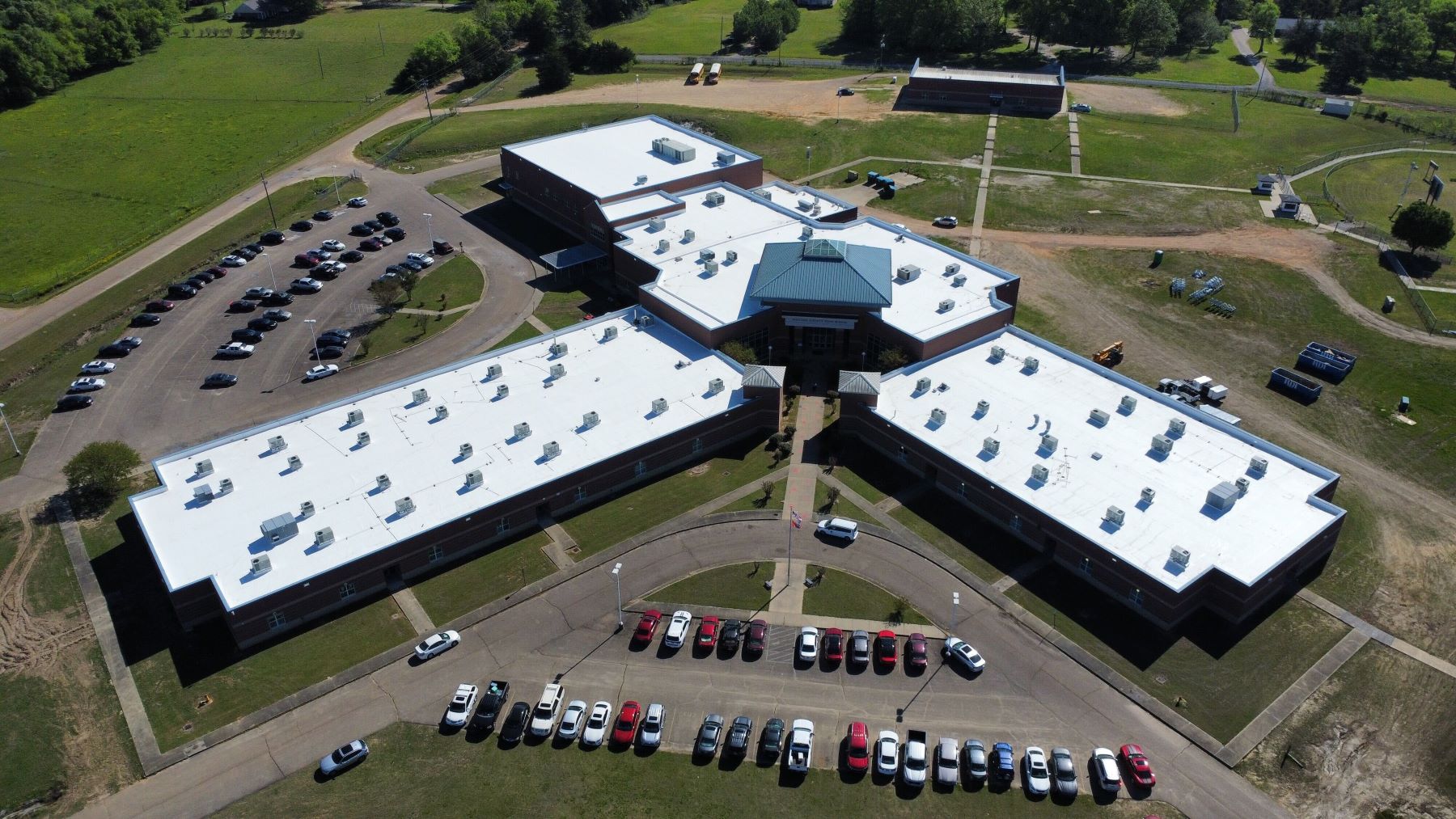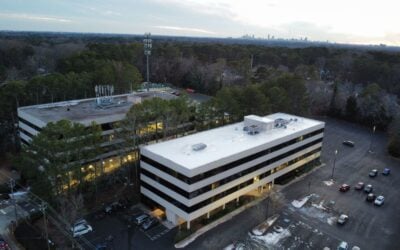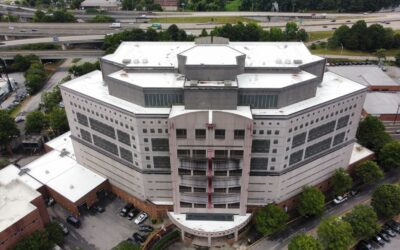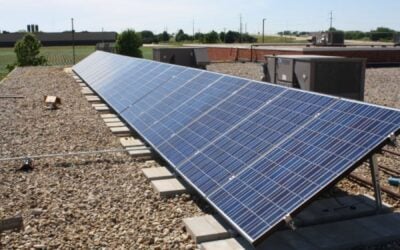In today’s environmentally conscious world, businesses are increasingly seeking ways to reduce their carbon footprint and embrace sustainable practices. One area where significant improvements can be made is in roofing. Green roofing solutions not only contribute to environmental sustainability but also offer numerous benefits for modern businesses. In this blog post, we’ll explore various green roofing options and how they can positively impact your business and the environment.
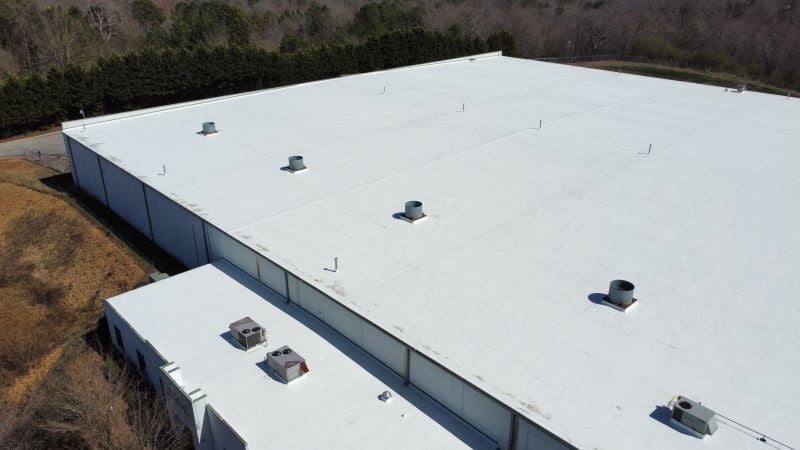
1. Green Roofs: An Urban Oasis
Green roofs, also known as living roofs, are one of the most popular sustainable roofing solutions. They consist of a layer of vegetation planted over a waterproof membrane. This green space provides a range of environmental benefits, including:
Improved Air Quality: Plants on green roofs help filter pollutants and particulates from the air, contributing to better air quality in urban areas.
Reduced Urban Heat Island Effect: Green roofs absorb sunlight and provide cooling through evapotranspiration, which helps mitigate the urban heat island effect where cities experience higher temperatures than their rural surroundings.
Stormwater Management: Green roofs absorb and slow down rainwater runoff, reducing the risk of flooding and decreasing the burden on municipal drainage systems.
Implementing a green roof can transform an ordinary commercial building into a vibrant, eco-friendly space that enhances both aesthetics and environmental impact.

2. Solar Panel Integration: Harnessing the Sun’s Power
Another sustainable roofing option is integrating solar panels into your commercial roof. Solar energy is a clean, renewable resource that can significantly reduce your business’s reliance on non-renewable energy sources. Here’s how solar panels benefit businesses:
Energy Savings: By generating your own electricity, you can reduce or even eliminate your utility bills, leading to substantial long-term savings.
Tax Incentives: Many governments offer tax credits, rebates, and incentives for businesses that invest in solar energy systems.
Increased Property Value: Buildings with solar installations are often more attractive to potential buyers and tenants due to their energy efficiency and reduced operating costs.
Solar panels can be seamlessly integrated into various types of roofing systems, making them a versatile option for both new and existing buildings.
3. Cool Roofs: Reflecting More, Saving More
Cool roofs are designed to reflect more sunlight and absorb less heat compared to traditional roofing materials. They are typically made with reflective coatings or materials that enhance their solar reflectance. The benefits of cool roofs include:
Lower Energy Consumption: By reflecting more sunlight, cool roofs reduce the need for air conditioning, leading to lower energy consumption and cost savings.
Extended Roof Life: The reduced thermal stress on cool roofs can prolong their lifespan, minimizing the frequency and cost of repairs or replacements.
Decreased Ambient Temperatures: Cool roofs contribute to lowering surrounding temperatures, which can help mitigate the heat island effect in urban areas.
Cool roofing materials are available in a variety of options, including reflective coatings, reflective shingles, and specialized membranes, making it easy to find a solution that suits your building’s needs.

4. Recycled and Sustainable Roofing Materials: Reducing Waste
Using recycled and sustainable roofing materials is another effective way to support green building practices. These materials can include:
Recycled Metal Roofing: Made from reclaimed metals, recycled metal roofing is durable, energy-efficient, and can be recycled again at the end of its life cycle.
Recycled Rubber Roofing: Often made from recycled tires, rubber roofing is both environmentally friendly and highly resistant to weathering and impact.
Sustainable Wood Shingles: Sourced from sustainably managed forests, wood shingles offer a natural aesthetic while promoting responsible forestry practices.
Opting for recycled or sustainably sourced materials helps reduce the environmental impact associated with raw material extraction and manufacturing.

Conclusion
Green roofing solutions offer a range of benefits that align with modern businesses’ goals of environmental responsibility and cost efficiency. Whether through green roofs, solar panel installations, cool roofs, or sustainable materials, adopting eco-friendly roofing practices can significantly contribute to a greener future.
Investing in sustainable roofing not only enhances your building’s performance and aesthetics but also demonstrates your commitment to environmental stewardship. As more businesses recognize the advantages of green roofing, it’s clear that sustainable options are not just a trend but a crucial step toward a more sustainable and responsible future.

